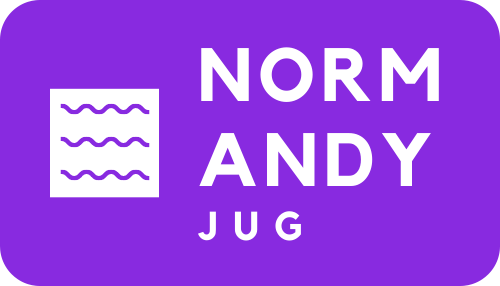Bath salts are a collection of therapeutic designer chemicals. The original name, bath salt, derives from early cases where the chemical compounds were disguised as bath salt. Today, bath salt is simply known as bath salt. The bath salt crystals, white powder, or powders often resemble Epsom salt but are different chemically.

MDPV, or Monohydroxyphenidamine, is believed to be responsible for the calming effect that bath salts have on the body. Some mDPV users experience feelings of relaxation, including euphoria. Other people do not notice the relaxing effect, instead becoming aware of a warm sensation all over their body. This warm sensation is often accompanied by visual illusions, including seeing himself or herself in a mirror. This is often mistaken for the effects of caffeine or other stimulants.
To investigate the effects of bath salts, forensic experts from the National Crime Scene Research Lab tested bath salts on rabbits. Following a trail of blood, they discovered the chemical compound, MDPV, and tested it for toxicity. After ingesting it, the rabbits showed signs of nausea, vomiting, and diarrhea. Other clinical laboratories have performed similar tests on humans and have found it to be a weak stimulant, with no known side effects. Ingesting this chemical can cause no known serious side effects. The concentration of MDPV needed to produce the clinical symptoms is very small, making it unlikely that anyone would come down with any ill effects.
Clinical trials testing other bath salt ingredients, including sodium bicarbonate, also showed no ill effects. These products do not normally display clinical toxicology information. There are no published reports on the toxicity of 25i-NBome. However, since the toxicology information on other products is not available, it is difficult to determine whether or not the combination of chemicals in 25i-NBome poses a health risk.
The European Union banned bath salt drugs following the release of the clinical studies. The U.S. Food and Drug Administration also banned bath salt drugs, saying that the combination of chemicals in the products poses a risk to users. Both bans were lifted in 2004, but bath salts containing MDPV and the suspect Epsom salts continue to be available. With the ban, the bath salt industry successfully marketed its products to children and marketed bath salt products that contain legal stimulants without clinical implications.
The ban on bath salt products was due to fears that bath salt users were using these products as a way to get high. MDPV and the suspect Epsom salts contain a chemical called 25i-NBome, which is closely related to amphetamines, which are known to be abused by young people. 25i-NBome has been associated with an increase in blood pressure and heart rate; it is believed that these chemicals act on the nervous system and stimulate the heart muscle. It is believed that these chemicals give people a “high,” which may explain why bath salts were initially sold as a cure for insomnia and other nervous disorders.
Some of the bath salt ingredients are believed to help memory loss and concentration problems. While scientists have not yet conducted a large scale study on the subject, the products are still on store shelves across the United States. Many retailers state that the main benefits of the bath salts are that they are easy to use and that users enjoy a variety of different effects. While scientific proof has not been available to support some of the claims, bath salt users continue to reap the benefits of their experience.
Designer drugs such as Epsom salt and Methylenedioxymethamphetamine (MDMA), also known as speed, are not the only synthetic drugs that are being used in bath salts. Bath salts containing synthetic caffeine, cocaine, and methamphetamines are also being sold in stores. The bath salts’ popularity appears to be fueled by recent reports that link bath salts with sleep disorders such as insomnia and narcolepsy. These products are currently being sold as over-the-counter drugs, but the Federal Drug Administration is still working on formalizing an official definition for over-the-counter drugs. For now, bath salt users must consider the risk of these synthetic drugs and report any side effects they may experience to the manufacturer or pharmacist.
